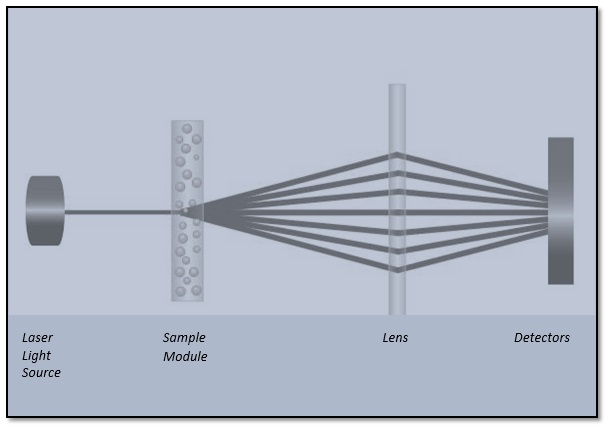Pigments and paints are an important class of industrial materials. The application properties of a given pigment/ paint system are determined largely by the particle size distribution of the pigment particles.
The ability of a given pigment to absorb light (tinctorial strength) increases with decreasing particle diameter, and accordingly increased surface area, until it reaches a point when the particles become translucent to the incident light. This one factor alone makes the measurement of particle size critical to the performance for many of today’s pigment applications.
A variety of technologies have been employed to measure the particle size distributions of pigment systems, among which laser diffraction has increasingly become the most commonly employed technique. The ease of use coupled with a short analysis time, typically less than one minute, has made laser diffraction the primary method by many companies for process control. However, there is a drawback: a majority of pigment systems are submicron in nature and this is the size range where standard laser diffraction instruments have typically struggled to provide accurate information.
Beckman Coulter invented a novel technique for enhancing submicron sizing in standard laser diffraction systems. The technique is called PIDS, for Polarization Intensity Differential Scattering.
Click here to download the application note.


Recent Comments